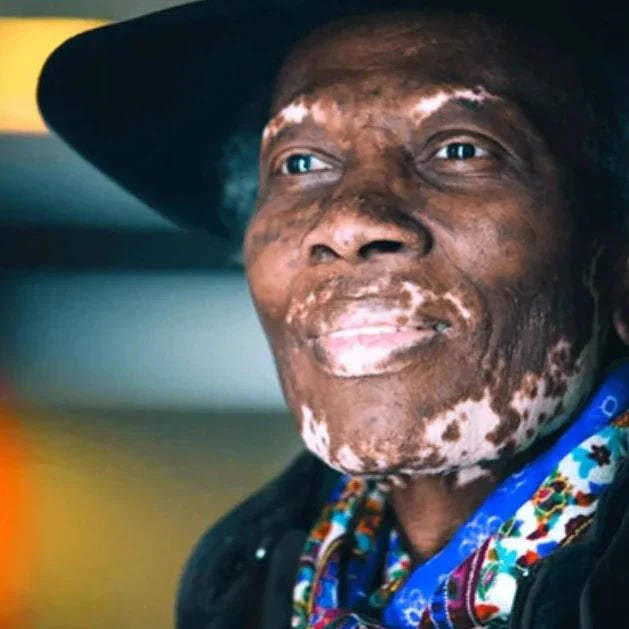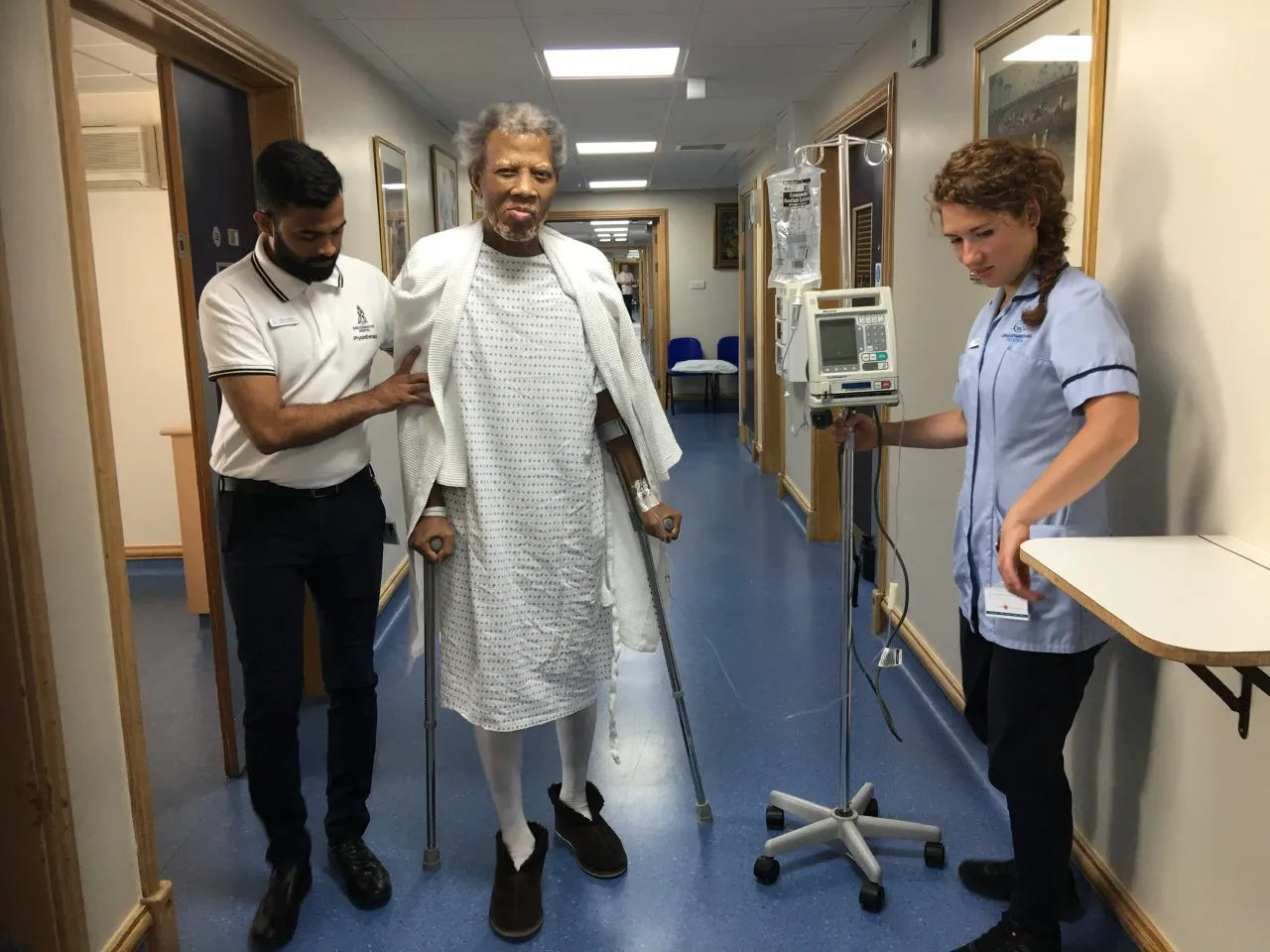
Live Each Day As If It Was Your Last
As I promised a while back, I want to use this blog as a space to help you get to know me, from my hopes and fears to my dreams and ambitions.
September is Blood Cancer Awareness Month – created to raise awareness and understanding of blood cancers – which is as good a time as any to talk about my health.

Overcoming The Odds
Several years ago, I almost lost my life to acute myeloid leukaemia: a type of blood cancer that starts from young white blood cells called granulocytes or monocytes in the bone marrow. Both adults and children can get it, but it’s most regularly diagnosed in older people.
Thanks to the incredible work of the doctors and nurses in London, I miraculously pulled through, although the stem cell transplant needed to stop the cancer returning left me with a secondary illness known as graft versus host disease. With this complication, the donated bone marrow or blood stem cells view the recipient’s body as foreign, and they attack the body. For me, this led to an auto-immune skin condition called vitiligo.
While it’s not painful or dangerous, it does mean I have to be careful in the sun and look after my skin, which we should all do anyway. I consider it my badge of honour!
Frequently Asked Questions
-
AML is an aggressive form of blood cancer that affects white blood cells in the bone marrow. It comes on quickly and requires fast treatment. It’s most commonly found in older adults, but it can affect people of all ages. I was lucky to be diagnosed early and treated quickly.
-
Common symptoms can include unexplained bruising, fatigue, persistent infections, night sweats, bone pain, or bleeding. If something doesn’t feel right, trust your instincts and speak to a doctor—early diagnosis can make all the difference.
-
GVHD is a complication that can happen after a stem cell transplant, where the donated immune cells attack the recipient’s body. In my case, it led to vitiligo—a skin condition that causes loss of pigmentation. It’s manageable, but it’s something I now live with daily.
-
It changed everything. It forced me to slow down, to reflect, and to pay attention to my health in ways I never had before. It also made me deeply grateful—for life, for my loved ones, and for the NHS. Facing something life-threatening puts everything else in perspective.
-
Support from others. My family, friends, and the incredible hospital staff kept me going. Staying connected to the things that brought me joy—like nature, music, and simple routines—also gave me strength. Recovery isn’t just physical, it’s emotional too.
-
Start with understanding—read up, share stories, and talk openly about cancer. If you’re able, support a blood cancer charity or consider registering as a stem cell donor. And if someone in your life is going through it, just show up. Your presence can mean more than words.





